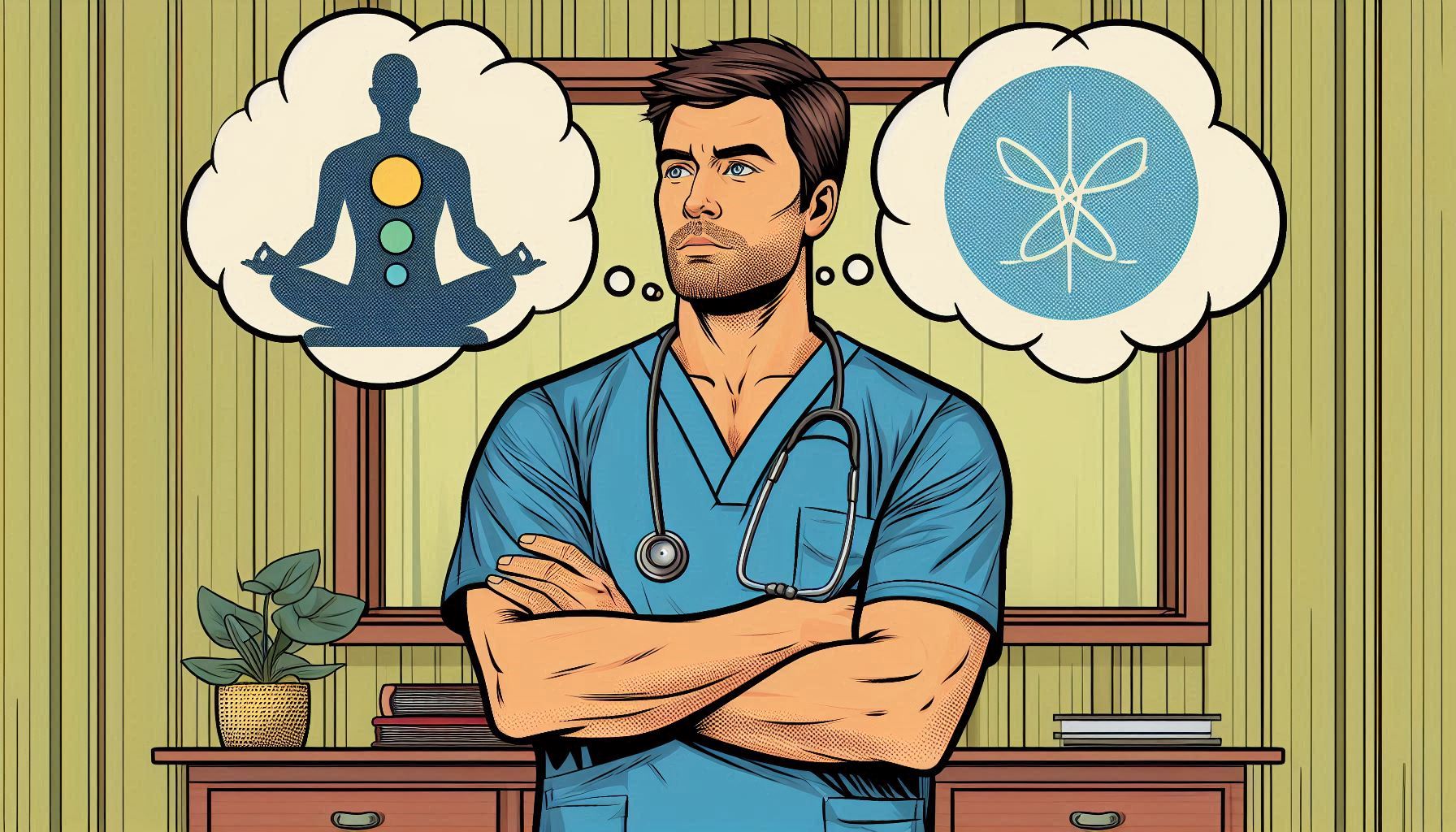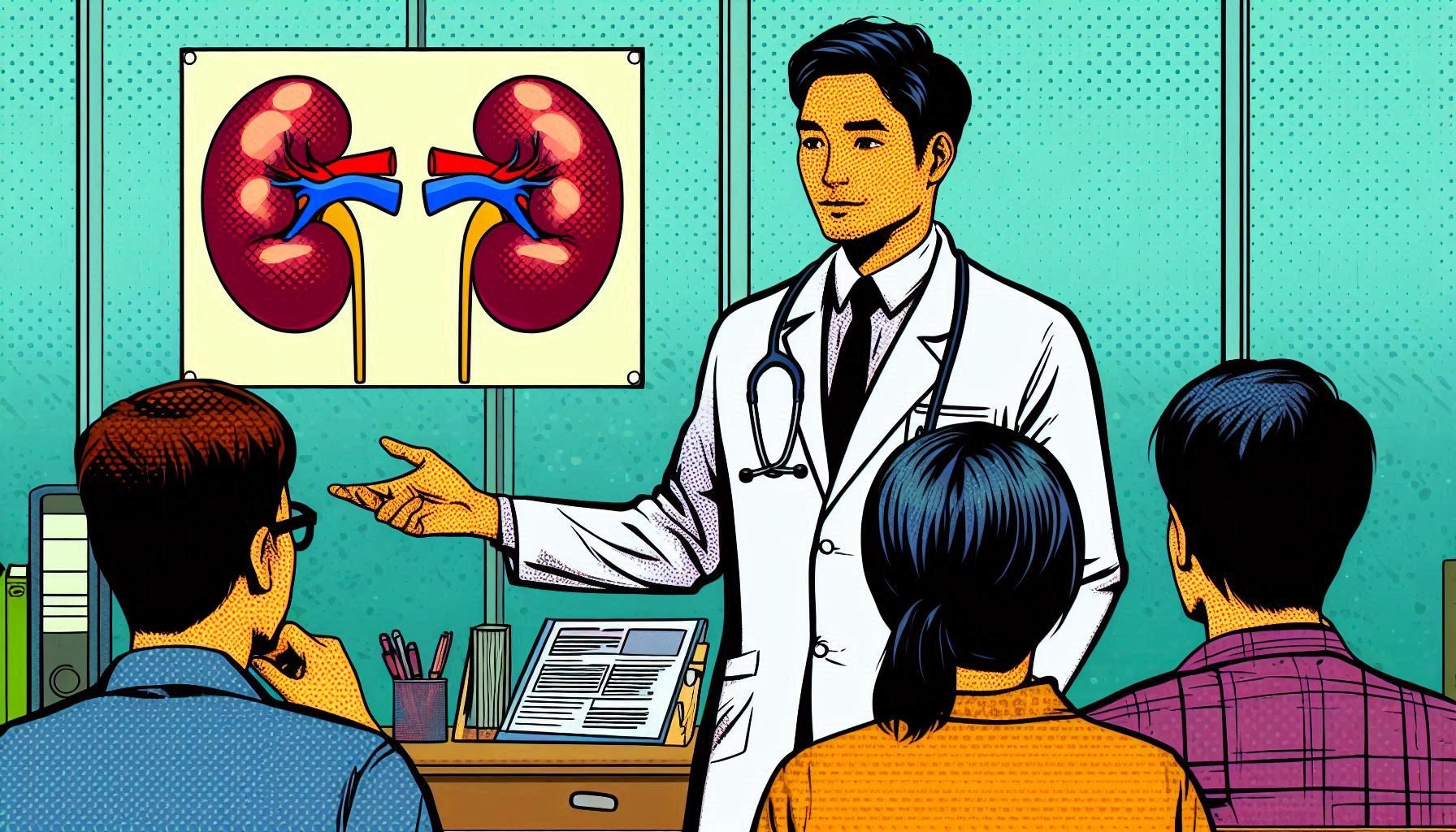Your cart is currently empty!
5 Mindfulness Techniques to Naturally Lower Blood Pressure

Living with high blood pressure (hypertension) can feel like walking a tightrope.
You know it’s critical to keep it in check, but medications aren’t always the most appealing option, especially if you’re looking for natural remedies. That’s where mindfulness comes in.
It’s not just a trendy wellness buzzword; it’s a powerful tool that can help you manage stress, which as we know, is a major contributor to high blood pressure. In this article, we’ll explore five mindfulness techniques to naturally lower blood pressure and improve your overall health.
How stress affects blood pressure
We’ve all experienced stress in one form or another. Whether it’s work pressure, family demands, or financial concerns, stress can trigger your body’s “fight-or-flight” response, flooding your system with hormones like adrenaline and cortisol.
This response causes your heart rate to increase, your blood vessels to narrow, and your blood pressure to rise. While occasional stress is normal, chronic stress keeps your body in this heightened state, which contributes to persistent high blood pressure.
We don’t want that and thats why mibndfulness is so essential to our well-being!
Role of mindfulness in reducing stress
Mindfulness helps break the cycle of chronic stress by encouraging a state of calm awareness. It involves focusing on the present moment without judgment. This simple act has the power to reduce the negative effects of stress on our body and mind.
Scientific studies have shown that practicing mindfulness can lower blood pressure by helping to calm the nervous system, slow down your heart rate, and decrease stress hormones.
Technique 1: Deep breathing
How mindful Deep breathing lowers blood pressure
Deep breathing is one of the most straightforward yet effective ways to manage stress and lower blood pressure.
When you’re stressed, your breathing becomes shallow and rapid, which signals to your brain that something is wrong.
Deep, slow breaths, on the other hand, stimulate your parasympathetic nervous system, which helps your body relax. This can lower your heart rate and blood pressure within minutes.
How to practice deep breathing
A Simple deep-breathing exercise
- Sit or lie down in a comfortable position.
- Close your eyes ad take a slow, deep breath in through your nose, counting to four.
- Hold the breath for a count of four.
- Slowly exhale through your mouth, counting to four.
- Repeat this for five to ten minutes.
Incorporating deep breathing into your daily routine can have a lasting impact on your blood pressure.
Technique 2: Body scan meditation
What is Body Scan Meditation?
Body scan meditation involves mentally scanning your body for areas of tension or discomfort, helping you become more aware of the physical sensations you’re experiencing.
This technique promotes relaxation by encouraging you to release any built-up stress in your muscles and mind, which can contribute to lower blood pressure.
How to perform a body scan
To do a body scan:
- Find a quiet space where you won’t be disturbed.
- Lie down on your back with your arms at your sides.
- Close your eyes and take a few deep breaths.
- Start at your toes, focusing your attention on each part of your body as you slowly move upward.
- Notice any tension or discomfort and allow it to soften and release
Practicing this for 10-15 minutes daily can lead to significant stress reduction and lower blood pressure.
Technique 3: Mindful Eating
The Impact of Eating Habits on Blood Pressure
Did you know that how you eat is just as important as what you eat?
Mindful eating encourages you to slow down and be present during meals. This not only improves digestion but also reduces stress, both of which can positively impact your blood pressure.
Additionally, being more mindful about your food choices can lead to healthier eating habits, further supporting blood pressure control.
How to Practice Mindful Eating
To practice mindful eating:
- Turn off distractions, such as your phone or TV.
- Focus on the color, texture, and flavor of each bite.
- Chew slowly and savor the experience.
- Pause between bites to truly enjoy your meal.
By practicing mindful eating, you can transform mealtime into a moment of relaxation, which helps in lowering stress and, consequently, blood pressure.
Technique 4: Guided Imagery
How Guided Imagery Works to Relax the Mind
Guided imagery is a mindfulness practice that uses mental images to calm your mind and body. By visualizing peaceful and calming scenes—like a serene beach or a quiet forest—you can reduce anxiety and stress, which can have a direct effect on lowering your blood pressure. This practice engages the parasympathetic nervous system, encouraging your body to relax.
Simple Guided Imagery Exercise for Beginners
Here’s a beginner-friendly guided imagery exercise:
- Sit comfortably and close your eyes.
- Imagine yourself in a peaceful place—whether it’s the beach, a mountaintop, or a cozy room.
- Visualize every detail: the sounds, smells, and sensations.
- Stay in this scene for 5-10 minutes, letting go of stress and tension.
Technique 5: Mindful Walking
Walking as a Natural Stress Reliever
Walking is a simple and natural way to relieve stress, but when combined with mindfulness, it becomes a powerful tool for lowering blood pressure. Mindful walking involves focusing on each step, the sensation of your feet touching the ground, and the rhythm of your breath. This helps clear your mind and allows your body to relax, reducing stress and blood pressure.
How to Practice Mindful Walking
To practice mindful walking:
- Find a quiet place to walk, such as a park or quiet street.
- Focus on your breath and the sensation of your feet hitting the ground.
- Notice the sights, sounds, and smells around you without judgment.
- Walk at a pace that feels comfortable, allowing yourself to be fully present in the moment.
Even a 10-15 minute mindful walk each day can make a difference in your blood pressure levels.
Additional Tips for Using Mindfulness to Manage Blood Pressure
While mindfulness techniques can be incredibly effective, it’s important to combine them with other healthy habits, like maintaining a balanced diet, exercising regularly, and getting enough sleep. Creating a daily routine that includes mindfulness practices can help ensure consistency and lasting benefits.
Mindfulness offers a powerful, natural approach to lowering blood pressure by targeting one of the main contributors to hypertension: stress.
By incorporating practices like deep breathing, body scan meditation, mindful eating, guided imagery, and mindful walking into your daily routine, you can effectively manage stress levels and, in turn, reduce your blood pressure.
These techniques not only promote physical well-being but also encourage mental clarity and emotional balance, making them holistic tools for overall health.




